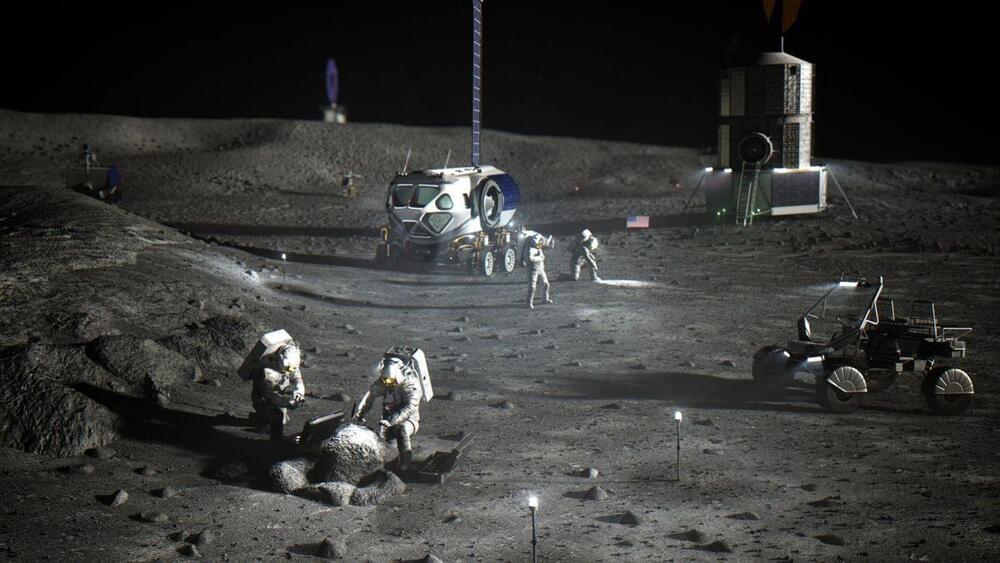The positron, the antiparticle of the electron, has the same mass and charge as that of an electron but with the sign flipped for the charge. It is an attractive particle for scientists because the use of positrons has led to important insights and developments in the fields of elementary particle physics, atomic physics, materials science, astrophysics, and medicine.
For instance, positrons are known to be components of antimatter. They are also powerful in detecting lattice defects in solids and semiconductors and in structural analysis of the topmost surface of crystals.
Positronic compounds, namely bound states of positrons with regular atoms, molecules, or ions, represent an intriguing aspect of positron –matter interactions and have been studied experimentally via observation of positron annihilation in gases. It may be possible to generate new molecules and ions via the formation of positron compounds, but no research has ever been done from such a perspective.









